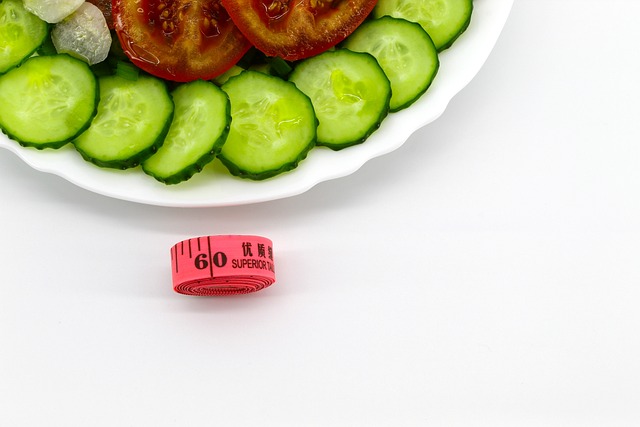First off, let’s talk energy levels. Ever notice how vibrant you feel after a good meal? If you’re eating right, you should feel energized, not sluggish. Think of your body like a car; if you fuel it with premium gas (lots of whole foods), it purrs along smoothly. But feed it junk, and you’ll notice the check engine light flickering.
Another big clue is your skin. A healthy diet can work wonders for your complexion. If you find that your skin is bright and clear, you’re likely giving your body the nutrients it craves. It’s like the sun shining through a clean window—it just glows! On the flip side, if you’re plagued by breakouts or dryness, it might be time to reassess those snack choices.
Then there’s your digestion. If your gut is happy, you’ll know. Regular bowel movements and a comfortable tummy indicate that you’re consuming plenty of fiber and hydration. Think of it as a well-oiled machine—everything’s running smoothly when the right parts are working together.
And don’t forget about your mood! Eating well can significantly boost your outlook. If you’re feeling more positive and less irritable, it’s a sign you’re giving your brain the right kind of fuel. Good nutrition acts like a superhero cape for your mental well-being, lifting spirits and sharpening focus.
The Importance of Balanced Meals
Let’s break it down. A balanced meal is comprised of proteins, carbs, and healthy fats. Think of it as a harmonious orchestra; every section must play its part to create a beautiful symphony. Proteins are the strong, steady beat that keeps the tempo, while carbs provide the melody that energizes your day. And let’s not forget the fats, those warm harmonies that tie everything together, ensuring your body absorbs all those vital vitamins.
Imagine starting your day with an unbalanced breakfast—say, just a donut or coffee. Sure, it tastes good at first, but soon you might find yourself on a rollercoaster of energy crashes. On the flip side, a balanced breakfast of eggs, whole-grain toast, and some avocado can keep you feeling full and focused. Wouldn’t you prefer that steady ride?
And let’s talk variety! Colorful plates not only catch your eye but also provide a broad spectrum of nutrients. A meal loaded with greens, reds, and yellows is like a canvas painted by a master artist, each hue bringing its own benefits.
So, the next time you’re planning a meal, ask yourself: Are you giving your body the balanced fuel it craves? After all, a little thought can turn your plate into a powerhouse of health.
How to Identify Unhealthy Foods

First off, check the ingredient list. If it reads like a chemistry experiment, it’s probably better left on the shelf. Ingredients you can’t pronounce or that sound like they belong in a science lab often indicate a heavily processed product. Think about it: would you rather munch on a snack that’s made from real ingredients, or one that has a laundry list of additives? Real food should sound familiar—like apples, nuts, and oats.
Next, look at the sugar content. We all love a sweet treat now and then, but some foods are packed with sugar, even when they shouldn’t be. A good rule of thumb is to aim for under 5 grams of sugar per serving. Just imagine sipping on a soda versus a refreshing glass of water; one hydrates you, while the other floods your body with sugar spikes. Keep your sweet tooth in check!
And don’t forget about the fats! Healthy fats, like those from avocados and nuts, are your friends, but trans fats? They can be the wolf in sheep’s clothing. Check for “partially hydrogenated oils” in the ingredients—if you see them, it’s a red flag.
Lastly, serving size matters. A tiny, seemingly innocent serving can sometimes mask the reality of its actual health impact. Don’t be fooled! When in doubt, compare and choose wisely. So, the next time you’re standing in the grocery aisle, use these tips to sift through the noise and make healthier decisions. Your body will thank you, trust me!
























Add comment